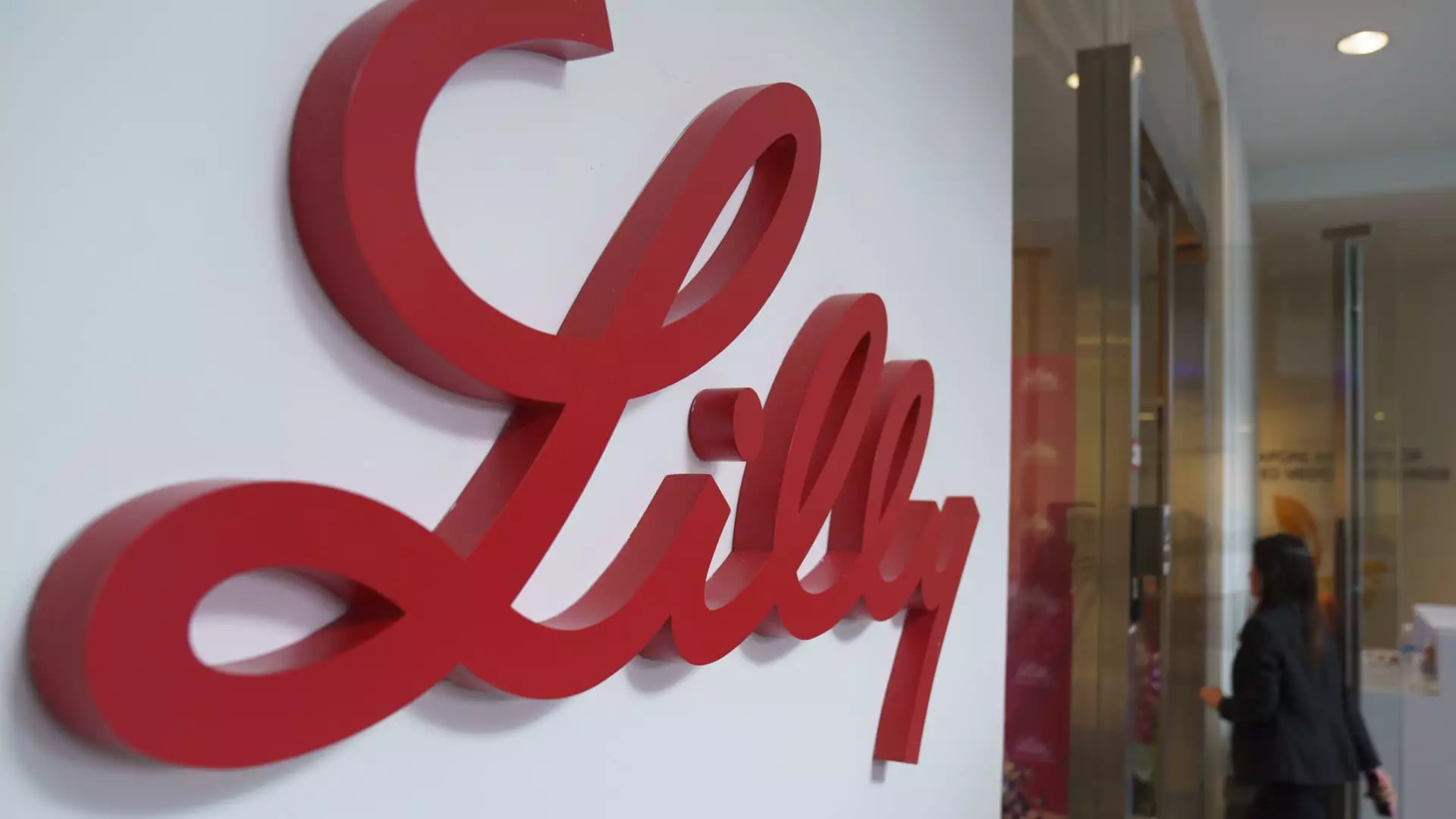Eli Lilly has recently recalibrated its revenue projections, announcing a notable cut in guidance that underscores the complex dynamics within the pharmaceutical industry. The company now anticipates its full-year revenue for 2024 to be around $45 billion, a slight decline from the previous forecast of $45.4 billion to $46 billion. Despite this adjustment, it is crucial to recognize that the revised figure still represents a substantial 32% increase compared to the prior year. This nuance hints at Eli Lilly’s robust growth trajectory, although recent developments have sparked concerns among investors, resulting in a more than 7% decrease in its share price during midday trading.
Eli Lilly’s decision to lower revenue expectations stems largely from unmet demand projections for its highly sought-after diabetes medication, Mounjaro, and its weight loss drug, Zepbound. This revision raises essential questions about how well Eli Lilly can adapt to the competing pressures in the incretin drug market, dominated by formidable contenders like Novo Nordisk. Although the company has been aggressively scaling up its manufacturing capabilities—an effort fueled by billions in investments—the FDA’s recent declaration lifting the U.S. shortage of tirzepatide, the active ingredient common to both medications, has not alleviated all of the associated challenges.
Looking ahead, Eli Lilly’s CEO, Dave Ricks, remains optimistic about the company’s prospects, proclaiming that there is “tons of supply coming online.” The company is poised to increase production capacity significantly, projecting a 60% rise in sellable doses of its incretin drugs in the first half of 2024 compared to the same period in 2023. This projection is promising; however, the anticipated growth may not be enough to match the accelerating market demands that investors and analysts had previously forecasted. During its fourth quarter, Eli Lilly expects $13.5 billion in revenue, primarily driven by Mounjaro and Zepbound, which together are expected to contribute approximately $5.4 billion.
Competing with other pharmaceutical giants and emerging players to capture a share of the rapidly expanding market for diabetes and obesity treatment presents an ongoing challenge for Eli Lilly. In response, the company is intensifying its research efforts to develop a more accessible obesity pill, a strategy that could address patient convenience and streamline manufacturing processes. Ricks has expressed optimism about potentially securing approval for this new product as early as next year, which would be a timely addition to their drug portfolio.
Ultimately, while Eli Lilly continues to navigate the competitive landscape of the pharmaceutical industry with resilience, the recent guidance cut illuminates the unpredictability inherent in growth forecasts. The company’s strategic investments in manufacturing and innovative product development signal a commitment to reclaiming momentum and addressing any shortfalls. As Eli Lilly looks towards fiscal year 2025 with projected sales of $58 billion to $61 billion, the emphasis will be on adaptability and responsiveness to market demands. Whether these strategies will bear fruit remains to be seen, but the stakes in the incretin market are high and the road ahead is filled with both opportunities and challenges.

